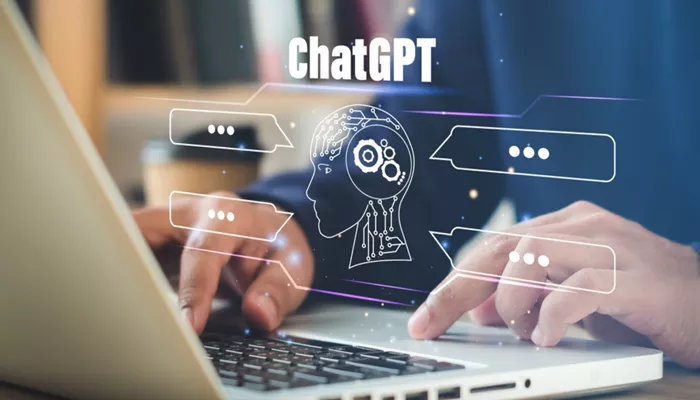A recent disruption in the digital world shook users everywhere when ChatGPT unexpectedly went offline. No security breach or hack was to blame—just a temporary halt that left millions without their trusted AI assistant. On what seemed like an ordinary day, people were using the chatbot to help with tasks ranging from writing articles to completing exams, when, suddenly, it stopped responding.
For many, the experience was more frustrating than a breakup. ChatGPT has become an essential part of daily life, offering everything from jokes to highly technical answers, all delivered in a simplified and easy-to-understand manner. Its sudden unavailability sparked a wave of panic worldwide. Workers, who relied on the AI for tasks assigned by their bosses, feared losing their jobs. Students, forced to complete homework the old-fashioned way, found themselves recalling forgotten skills of independent thinking.
The scene at OpenAI’s office was likely chaotic. Developers scrambled for answers, data scientists turned to extreme measures, and coders dug through their vast knowledge of programming languages. All this turmoil, caused by ChatGPT taking a brief break.
In a way, it was reminiscent of the chaos that ensues when a mother leaves home for a few days. The feeling was perfectly captured by the flood of memes that flooded social media. Netizens, left to their own devices, cleverly expressed their frustration and humor—without the help of the very AI they had come to rely on.
Among the best memes circulating was a comparison to the famous scene from Friends, where Rachel Green takes a break from her relationship, while Ross continues to search for answers. Just as the characters worked through their issues, OpenAI’s team quickly restored ChatGPT, stronger and more efficient than before.

